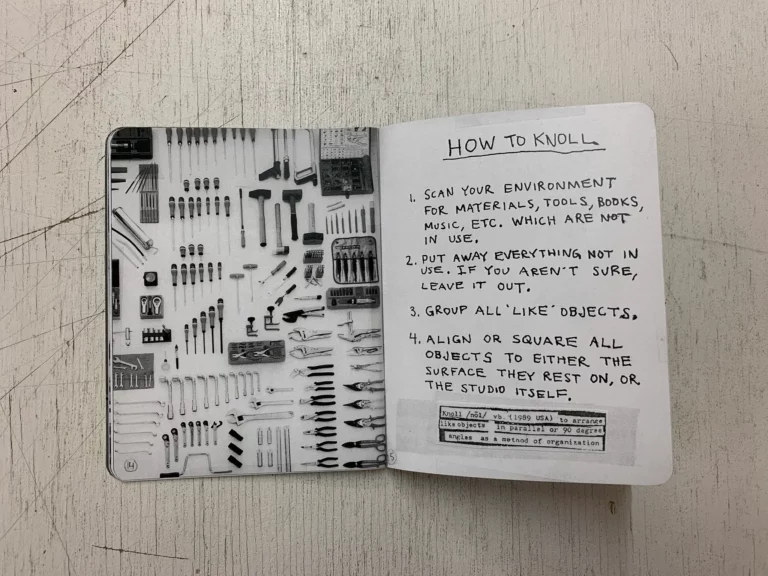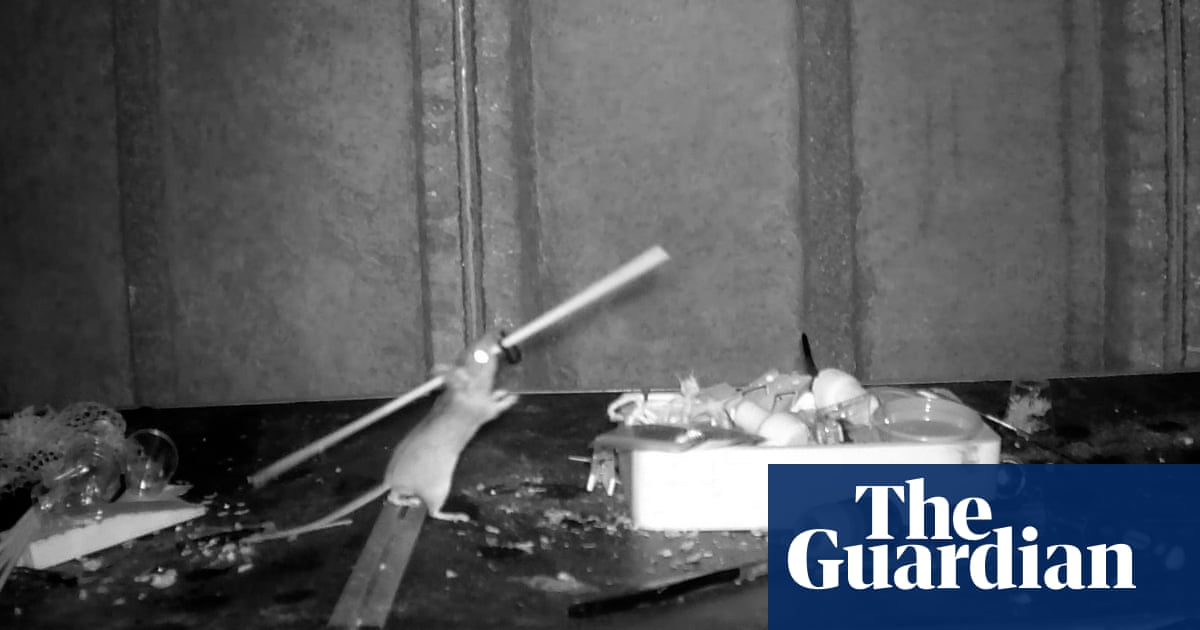The Whippet #178: Somebody better say something about the moon
On this page

Hello, good people of the newsletter!
Today we are talking space and mice.

Last issue I shared some thoughts on talking to recently bereaved people. (Basically, just don't say something bonkers and you'll be fine; it's better to say something generic than nothing.)
Reader Sam replied with something I thought was really smart so I'm passing it on:
"I make a calendar reminder to send another note in six months, because that's when my parent's death was lonely and cold and I needed someone to say hello."

Earth once swallowed another planet

So what I learned in school is that the Moon was created when another planet crashed into it (a glancing blow) and knocked off a bunch of rock that formed into the Moon.
But no! The planet (named Theia because that's the mother of the Moon in Greek mythology) crashed head-on into Earth and broke through the crust and into the core. Where it still is.
The earth has an unusually large and dense core for a planet of its size. That's because it also contains the iron core of Theia. The Moon, meanwhile, has an unusually small and low-density core, because it's made mostly of crust and mantle that broke off Earth and Theia when they collided.
The Earth and Moon spin unusually fast (both separately on their axes and spinning around each other) – this extra momentum is explained by having a planet crash into you.
Wikipedia: "Moon samples indicate that the Moon was once molten to a substantial, but unknown, depth" and "Analysis of lunar rocks published in a 2016 report suggests that the impact might have been a direct hit, causing a fragmentation and thorough mixing of both parent bodies."
I have been reading a lot of mythology, and I tell you, if you went back in time and told an Ancient Greek that Earth ate the Moon's mum, they would not be blown away by our advances in cosmological science, they would be like "yeah that sounds about right."

(I should note here that, as with much of astrophysics, it's not definitively proven. But it's the leading theory.)
Very recent research (late 2023) reckons some anomalous blobs in the earth's mantle are parts of Theia. "[Their model] found that rocks from Theia’s mantle would have melted and sunk to the boundary between Earth’s mantle and core, creating a thin layer that coated the entire core. Then, over time, convection within Earth’s mantle would have slowly gathered this dense material into the two piles we see today." (That the blobs are parts of Theia is not the current scientific consensus, but it's a new theory so who knows how it'll shake out.)
Fun bonus from the Wikipedia article. A less-developed version of the "giant impact" hypothesis became the leading theory of the moon's origins in 1969 –
Eighteen months prior to an October 1969 conference on lunar origins, Bill Hartmann, Roger Phillips, and Jeff Taylor challenged fellow lunar scientists: "You have eighteen months. Go back to your Apollo data, go back to your computer, and do whatever you have to, but make up your mind. Don't come to our conference unless you have something to say about the Moon's birth."
I feel like the rest of us our dropping the ball on our event invitations.

Guess what is under this unassuming metal cover

It's currently welded shut. But if you could open it, you would find the deepest hole that has ever been drilled into the earth.
The Kola Superdeep Borehole is 12 kilometres deep (7.5 miles). For context, the deepest mine is 4 kilometres deep. Cruising altitude for a passenger jet is 11 kilometres up. The bottom of the Mariana Trench is 11 kilometres down.
I really want you to understand that if you jimmied open that tiny rusty cover, there would be nothing between you and a hole that is deeper than the Mariana Trench.
They began drilling in 1970 and stopped in 1995 when they ran out of funds. The aim was just to try and drill as deep into the earth's crust as they could. (Wikipedia says the company was liquidated due to low profitability, but surely no one thought "dig as deep as possible for no reason" was going to make a profit?)
Anyway, they made it almost halfway through the Earth's crust. It's hard to know how much further they would have got. Their instruments kept melting. ("At those depths, rock began to behave more like plastic. [The temperature] rises 25 degrees for every kilometre you go down.”)
We cannot even get to the Moho!
The Moho is what you get when someone named Andrija Mohorovičić discovers something ("MOH-huh-ROH-vuh-chitch"). It's the boundary between the crust and the mantle, and is technically the Mohorovičić Discontinuity, but it just gets called the Moho. (Wikipedia page)
(A different attempt to drill through the thinner crust on the seafloor was called "Project Mohole". It made it about a hundred metres.)
As an aside, I found out about the Kola Superdeep Borehole after reading about Theia and saying out loud, "I'm pretty sure this is a dumb question but could we get iron from the core?" so a point in favour of asking dumb questions.

Always Be Knolling // Knollmouse

"The term knolling was first used in 1987 by Andrew Kromelow, a janitor at Frank Gehry's furniture fabrication shop. At the time, Gehry was designing chairs for Knoll, a company known for Florence Knoll's angular furniture. Kromelow would arrange any displaced tools at right angles on all surfaces, and called this routine knolling, in that the tools were arranged in right angles—similar to Knoll furniture."
An artist named Tom Sachs worked with Kromelow and borrowed the concept – 'Always Be Knolling' became a principle of his workshop.
Keen readers may recall that I became obsessed with flatlays, which is like knolling but also involves seeing a whole kit layed out, eg the contents of a fire engine (incl. firefighters) all neatly arranged in rows, or the contents of an ostriches' stomach.
AND THEN, YESTERDAY, did you see the news story about the guy who set up a camera to find out who kept tidying up his shed after he went to bed? and IT WAS A MOUSE. A MOUSE WAS TIDYING UP. If you haven't watched the video, you should.
You might be thinking "it's probably just a mouse dragging a screwdriver across a bench and the internet is being cute" NO it systematically puts away all the loose items into a container.
And scientists haven't even managed to spoil it yet!

Okay, that's not technically knolling, but it is the same kind of principle, neatening things up via the use of squares.

That is a photo of my kitchen bench... maybe three houses ago? from an old Whippet. But you see the point: if you want things to look tidy, put them on a tray. A bunch of random items looks messy, but you put it on a tray and it becomes neat.
The mouse knows.

Rats have metacognition
Metacognition = being able to think about your own thinking. In a person, that's self-awareness (knowing why you like something, not just that you like it, or knowing your own motivations). There are people who are profoundly uninterested in their own motivations or reasoning processes, which is surreal but not even that rare. I once went on a date with someone who, when I asked why he was studying a particular course at uni, replied "Ah I dunno, I don't really like to think about why I do things". Amazing!
Anyway, rats! Rats won't unwittingly ruin their chances by declaring a commitment to not having self-awareness. This is a more basic level of metacognition but that's still absolutely what it is. It's neat how they tested for it:
Step 1: Teach rats to distinguish between long beeps and short beeps by rewarding them with treats when they guess right. (By pressing the "it was a long/short beep" button.)
Step 2: Set up a test where there are three possible answers. Long beep, short beep, and "I refuse the question". If the rat gets it right, it gets 2 treats. If it gets it wrong, it gets 0 treats. If it refuses the test, it gets 1 treat. So, if the rat isn't confident it can get it right, it's better off not playing.
Step 3: Make the beeps middling length, so it's much harder to distinguish between long and short.
The rats were much more likely to refuse the test when the beep was an ambiguous length. Meaning, they knew that they didn't know. That's thinking about your own thinking.
A separate group of rats that didn't get the option of to decline the test got a lot more wrong answers than the first group. So the first group were correctly assessing their own ability/knowledge level.

List of Ancient Greek mouse names
These are all characters from Battle of the Frogs and Mice, a parody of the Iliad written ~400 BCE.

In a process of narrative carcinisation, the poem ends when Zeus takes pity on the frogs and sends in an army of crabs to help them.
So there came suddenly warriors with mailed backs and curving claws, crooked beasts that walked sideways, nut-cracker-jawed, shell-hided: bony they were, flat-backed, with glistening shoulders and bandy legs and stretching arms and eyes that looked behind them.

Specific gratitude is not the same thing as wholesale approval: McKinley attempts to hack together some sort of atheist spirituality
Problem: It's healthy for you to appreciate things and feel a sense of gratitude for general existence. But the world has a lot of horrible things in it, not all of them caused by humans!
Here's an analogy I've been working with, maybe it's helpful to someone else.
If I was at the beach, swimming between the flags [the lifeguard-patrolled zone], and I started drowning, and a lifeguard saved me, I would be deeply, intensely grateful to them, as is normal.
This lifeguard has no personal feelings towards me, doesn't like or dislike me, is just doing the exact thing that's expected of them – indeed they would have actively got in a huge amount of trouble and been publicly shunned if they hadn't tried to save me. They chose to be a lifeguard (it's an imperfect analogy) but by the day of my near-drowning, they basically didn't have a choice but to intervene - they're following the rules of the system they operate in.
They didn't save my life out of personal kindness to me – but none of that changes how grateful I would be.
And if I later found out they were a garbage person, an abusive spouse or a mob enforcer, I would feel very weird about that, I would not defend them, but I don't think it would stop me from being permanently grateful that they saved my life. That's locked in. The gratitude and the weirdness would just have to live with each other.
So, that's the universe. I can feel intensely grateful to it for providing the exact circumstances conducive to life (distance from the sun, magnetic field that protects us from solar wind – possibly only strong enough because Theia crashed into us* – extremely tight specifics of the laws of physics, that the universe exists at all instead of nothing, etc) even though it wasn't a personal kindness to me and was just following the rules of its systems. And even though the world treats a lot of people badly (cf specific gratitude is not wholesale approval).
I don't know – my family is atheist going back three generations; it's possible I'm trying to find a workaround for a thing that's basically not an issue for most of you ("you don't need to prove that you're allowed to be glad to be alive, McK") but it's there if you want it.
* "It’s likely that the magnetic field itself first got going much earlier, he says, after the giant impact with Theia that forged the moon and turned Earth into a molten sea. That calamity may have broken up the layers within our planet, mixing them into the twisting convection you need for magnetism." [source]

Comments
Sign in or become a Whippet subscriber (free or paid) to add your thoughts.
Just enter your email below to get a log in link.
A newsletter for the terminally curious
Arrives in your inbox every second Thursday.

